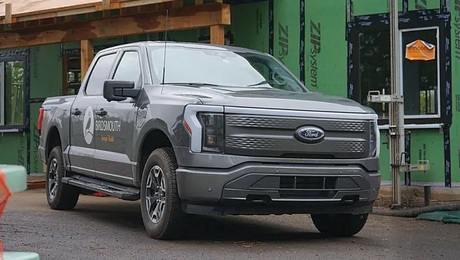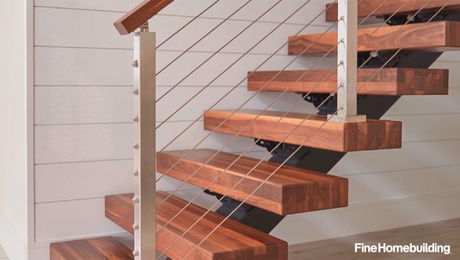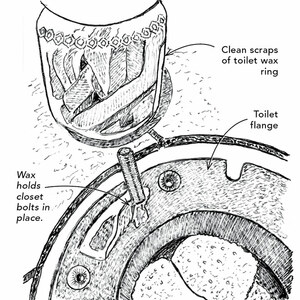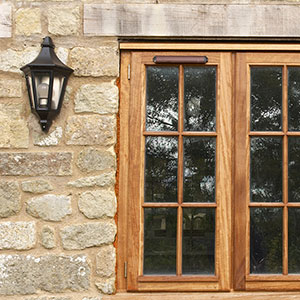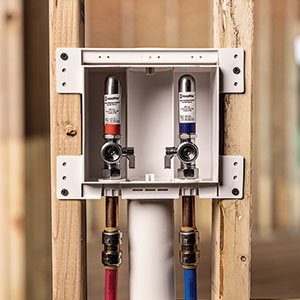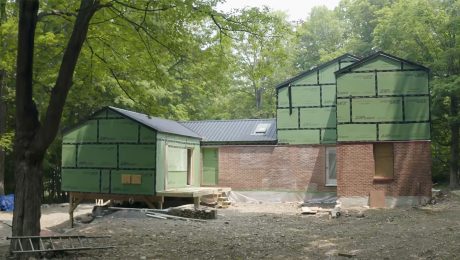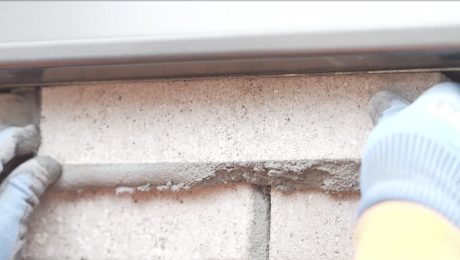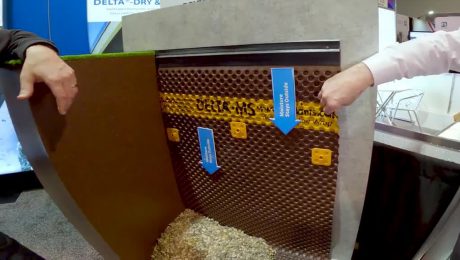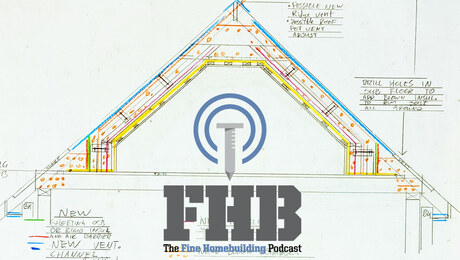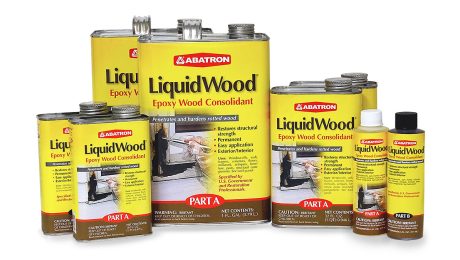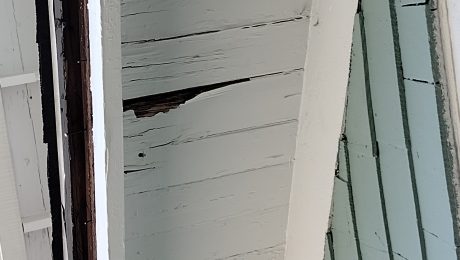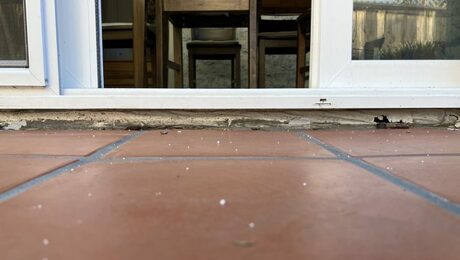Foundation Drainage
The objective in designing and installing drainage systems around the perimeter of a foundation is to keep water from soaking into the soil and moving under the footings.
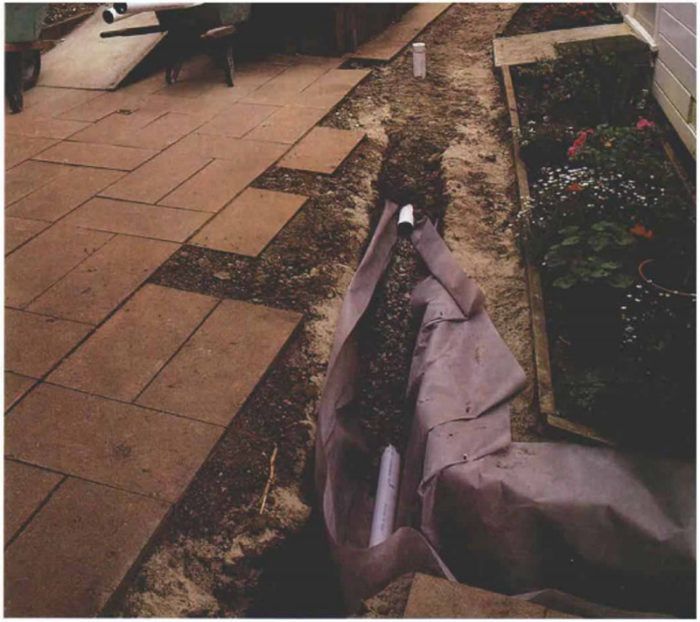
Synopsis: A structural engineer explains what happens when a foundation is protected by inadequate perimeter drains around the foundation and how the problem can be corrected. The author also covers a few alternatives, such as sump pumps and drywells.
In a hillside community of homes I inspected recently, I found an interior stairway that rests on a “floating” concrete slab-on-grade. The owners of the house complained about the constant repairs needed to patch the drywall and baseboards that were connected to this stair. It seems that every time it rained, the stair would move up relative to the rest of the house. When the ground dried out, the stair sank.
The problem was that the stemwall foundation around the house was poorly drained, resulting in an inconsistent moisture content in the soil under the footings and allowing runoff to migrate beneath the slab some distance from the exterior stemwall. The slab was placed atop the undrained clay-laden soil, and there was negligible weight on the slab. Every time it rained, the clay expanded, taking the stairway for a short ride upward, tearing the drywall joints and wracking the baseboards, railings and casings out of alignment. The remedy to the situation was the placement of a drain uphill from the slab that diverted the water away from it.
The objective in designing and installing drainage systems around the perimeter of a foundation is to keep water from soaking into the soil and moving under the footings. Water initiates the undermining of a foundation by causing erosion beneath it, literally carrying away the soil upon which the footing bears. Often this is the prelude to building settlement. If the soils have a high clay content, poorly drained foundations can be cracked or rotated by forces exerted by the wet clay as it expands.
If the grade around a house is well-sloped, you may not need a subsurface drainage system. But if your house is on a hillside made up of soils that drain poorly, such as clay, subsurface drains can be essential to the long-term well-being of the structure.
In most cases, a structure won’t be threatened with a terminal illness brought on by bad drainage, but it can suffer an abundance of minor maladies. A damp crawl space can cause mustiness, mold and mildew in a house, and fungus wood rot and termites thrive in this kind of environment. Soils under foundations that undergo dry/soggy cycles can bring on the familiar phenomenon of sticking doors and windows. While good site drainage may not solve all moisture problems (such as condensation), it can be effective in combating cyclical changes, such as the floating-slab phenomenon described before.
For more photos and information on foundation drainage systems, click the View PDF button below.
